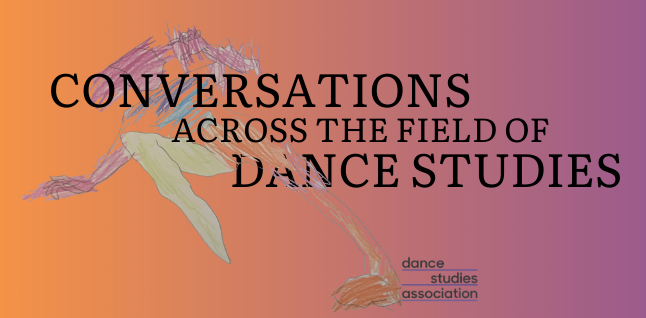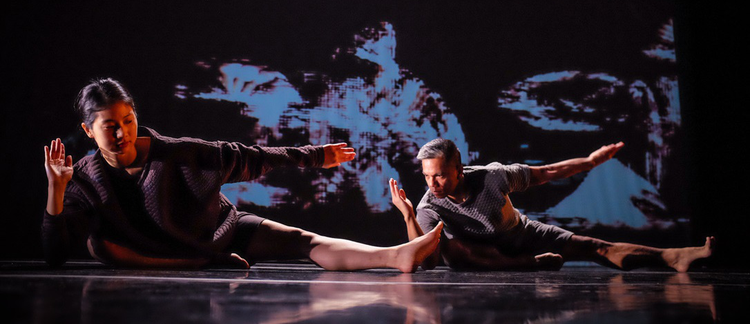Power likes us to come onstage and dance, and power likes to come to those events and watch us dance and power likes to come onstage before we dance and say “Oh I’m so happy you are going to dance!” And power likes to finance us doing all these things and then we go home, take pictures and celebrate and say “I’ve done my job.”
—Vijay Prashad, “The Problem with Multiculturalism” (2014)
HIGHER
HIGHER
HIGHER
Jump!
But not too high.
Don’t break the glass ceiling.
Broken glass is messy.
It makes white people very uncomfortable.
They might pick up one of those shards and stab you in the back.
Actually.
Misguided people of color may also stab you in the back.
White people will do anything to maintain their comfort.
People of color are experts in survival.
Stab you in your leg so I can get a foot up.
TARGET OF OPPORTUNITY | TARGET OF OPPORTUNITY | TARGET
OF OPPORTUNITY | TUNITY | TOONITY | TOO NITTY | TOO NITTY
GRITTY | TOO GRANULAR | TOO GRAINY | TOO INGRAINED.
WHITE SUPREMACY IS TOO INGRAINED IN THE SYSTEM.
DON’T MAKE YOURSELF A TARGET.
THINK TWICE.
BEFORE YOU OPEN YOUR MOUTH.
LITTLE CHINA GIRL.
There is a stabbing pain in my foot.
The physical therapist tells me
“The trouble with people like you is you have a very high threshold for pain. You wait until the problem is severe to ask for help.”
RULE #1: A DIVERSITY HIRE MUST HAVE A VERY HIGH THRESHOLD FOR PAIN
It is true that in all medical situations when asked where my pain is or to
rate it on a scale from
1 to 10
I have a resistance to that word: “pain.”
I want to call it “sensation.”
I want to be a good Buddhist and observe it.
I want to think “I have a sensation [of pain] in my foot.”
A nun tells me to “work with it” “invite it in for tea” and then it will
transform.
I want to alchemize this bullshit with the ancient wisdom of my ancestors.
I want to rise HIGHER.
ANCIENT CHINESE SECRET:
Some things you cannot rise above.
The options are to either ignore or join.
Both paths end in erasure of self.
The third option is to stay somewhere in the middle
which involves a lot of PAIN.
I mean, “sensation.”
John Henry died with a hammer in his hand.
The myth that enslaved Africans were impervious to pain.
The reality of the Chinese men who arrived in the U.S. after slavery was “officially” over thwarting “free” Black people who were looking for jobs.
“Look! These Chinese people can work on only a few grains of rice!”
“And they don’t complain!”
“They are a model minority!”
RULE #2: A DIVERSITY HIRE MUST BE A MODEL MINORITY
“Can you teach Balinese dance?”
“No.” I say.
“Why not?”
“Because I am not Balinese and my Balinese dance teacher who also works here and is Balinese already teaches it.”
I started studying Balinese dance in 1997. I was in an Asian Performance program. I was getting an MFA. I did not want a Eurocentric education. I still got one anyway. I was introduced to Balinese dance. I went to Bali and performed Balinese dance for Balinese people. I learned about the concept of ngayah. That even though I sucked it did not matter because whatever I can do is an offering to the gods. I feel ironic. I try to quit several times. The dance follows me everywhere.
It is 2022. I still dance Balinese dance. I do it as a physical practice. I do it for community. To be social. And because it is a gift. I try to remember that it is an offering. I won’t teach it. I don’t perform it if I am not in the company of other Indonesian dancers. I make these rules for myself. Maybe because I feel judged by some Asian American friends who do not understand what the hell I am doing.
My work focus is supposed to be in “theatre in education.” When I start on the tenure track as a professor, the Dean introduces me to my colleagues by showing a YouTube video of me doing Balinese Dance.
“Because it is so beautiful.”
“Let’s all welcome Joyce.”
“Who is she anyway?”
“Who cares?”
After my first year on the job, a feature on myself and a Korean American Environmental Analysis professor appears in the college magazine. They include a photo of me doing Balinese dance. They do not caption the photo, and they do not talk about Balinese dance in the article. Is it Helen? Or is it Joyce? How is one supposed to know? The photo is so OUT OF CONTEXT.
This happens many times:
In Balinese costume and make-up when I start to speak people jump.
“I’m sorry, but I didn’t expect you to sound like that”
They say.
Like what?
Do they expect me to have an accent?
Or do they expect me not to speak at all?
I get tenure.
The Black and Brown professors I entered the program with do not.
*MODEL MINORITY*
After 12 years at this institution, I become the department chair. I think I will change things.
HA.
Two white women file complaints against me. I am their direct supervisor. They say I am biased against white people. One only says this after she fails to convince HR that I am discriminating against her because of her age. We are actually in the same federally protected category of people over 40. She must think I am 36. I am 50. So she moves on to Plan B: “Wait, just kidding. I mean Joyce is biased against me because I’m white.”
A Black colleague tells me what our white colleague said to her: “I don’t think Joyce likes white people.” The Black woman says, “I’m not sure what I was supposed to say?”
I know what she was supposed to say.
She was supposed to say:
“YES JOYCE DOES NOT LIKE WHITE PEOPLE SHE IS JUST A HATER YOU ARE NOT DOING ANYTHING WRONG WHITE WOMAN YOU ARE PERFECT IN EVERY WAY JOYCE IS NOT FOLLOWING THE SCRIPT THE PART WHERE SHE JUST NODS HER HEAD AND SAYS THANK YOU!”
RULE #3: A DIVERSITY HIRE MUST BE GRATEFUL
I have a roof over my head. I can shop at Whole Foods. I am not working for Amazon. I start to think I’d rather work at Whole Foods. But I am getting older. I don’t want to be on my feet all day. I also want to be comfortable.
My mother says all of these people need to think about why I might not like white people: “Have they considered why you might not like white people? How about some self-reflection!? Hunh!”
RULE #4: A DIVERSITY HIRE SHOULD FOLLOW THE SCRIPT, NOT LISTEN TO HER IMMIGRANT MOTHER’S FOLK WISDOM
Realizing the situation is untenable, I resign from chairing the department. I am replaced by a cis, straight, married WHITE male over the age of 40. He is from the ENGLISH department.
Order is restored.
. . . . .
In studying the history of Bali, I also learned about puputan: mass ritual suicide.
When the Dutch colonizers arrived on the island, the royal family and their entire court wore white cremation robes.
Each person carried a kris, stabbed themselves or each other and walked directly into gunfire, hurling jewels at their assailants.
A choreographed refusal to comply.
“Because it is so beautiful.”
I think about how Frantz Fanon said dancing is a waste of energy that could be directed towards violent revolution.
I keep a Balinese fan in my office. And sometimes when I’m really angry I turn on the music.
AND I DANCE.
Author Biography
Joyce Lu is a performing artist, director, and educator. She is a former member of Body Weather Laboratory LA directed by Oguri and Roxanne Steinberg and has performed with them in various collaborations with Hirokazu Kosaka and the Arcane Collective at the Guggenheim and Getty museums, the REDCAT, and the Japanese American Cultural & Community Center in Los Angeles. She also practices and performs Balinese dance with Burat Wangi, directed by Nanik Wenten and I Nyoman Wenten. She was the dramaturg for Kularts’ Nursing These Wounds, a dance event directed by Alleluia Panis that investigates the impact of colonization on diasporic Pilipinx health and caregiving, particularly through the lens and stories of Pilipinx nurses. She is also a certified Feldenkrais Practitioner and Associate Professor of Theatre and Dance and Asian American Studies at Pomona College. She holds an MFA in Asian performance from the University of Hawai’i at Mānoa and a PhD in performance studies from UC Berkeley.
Work Cited
Fanon, Frantz. The Wretched of the Earth. New York: Grove Press, 1968.
With Thanks to:
Emily Lu Gao, Hediana Utarti, Michael Sakamoto, Truong Tran.


